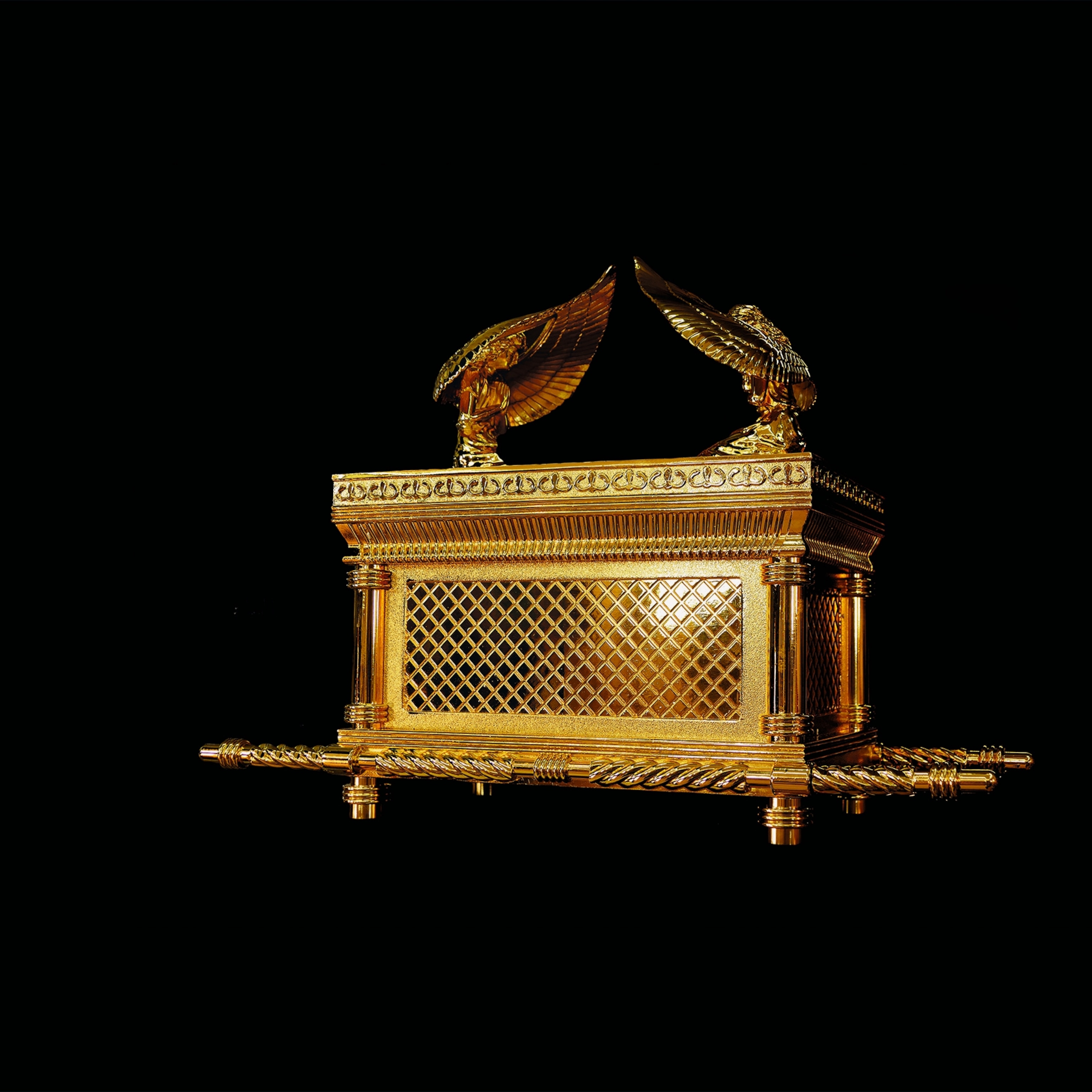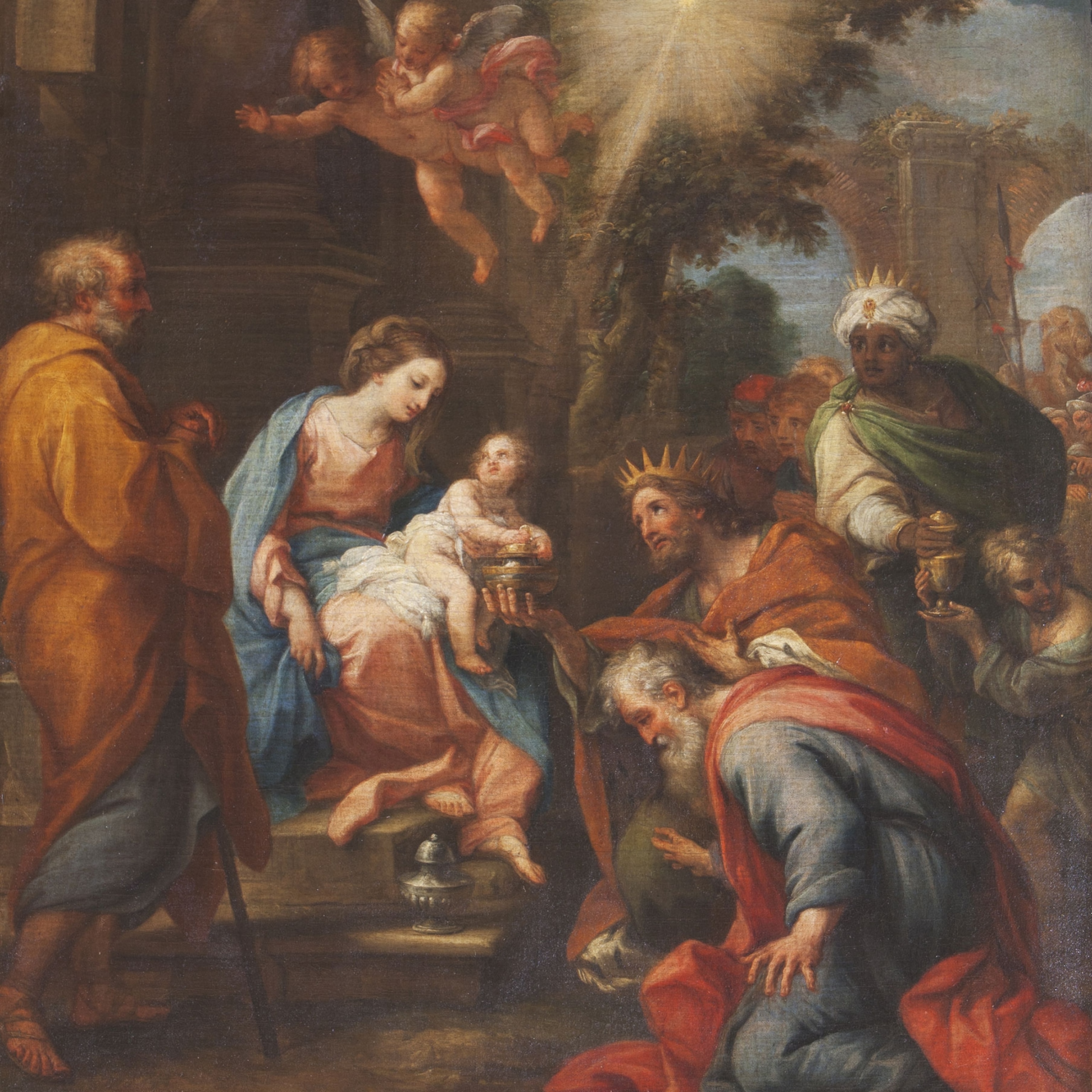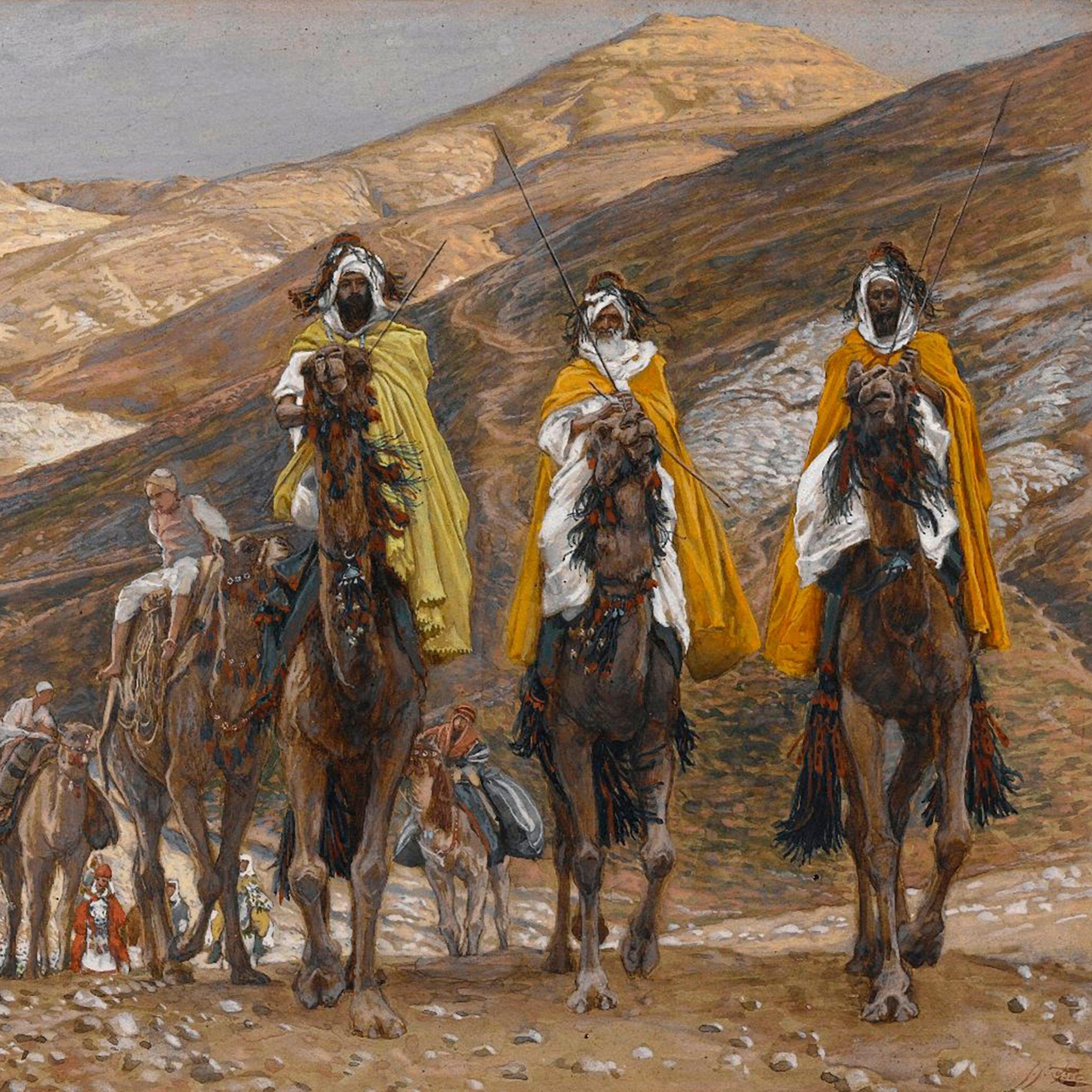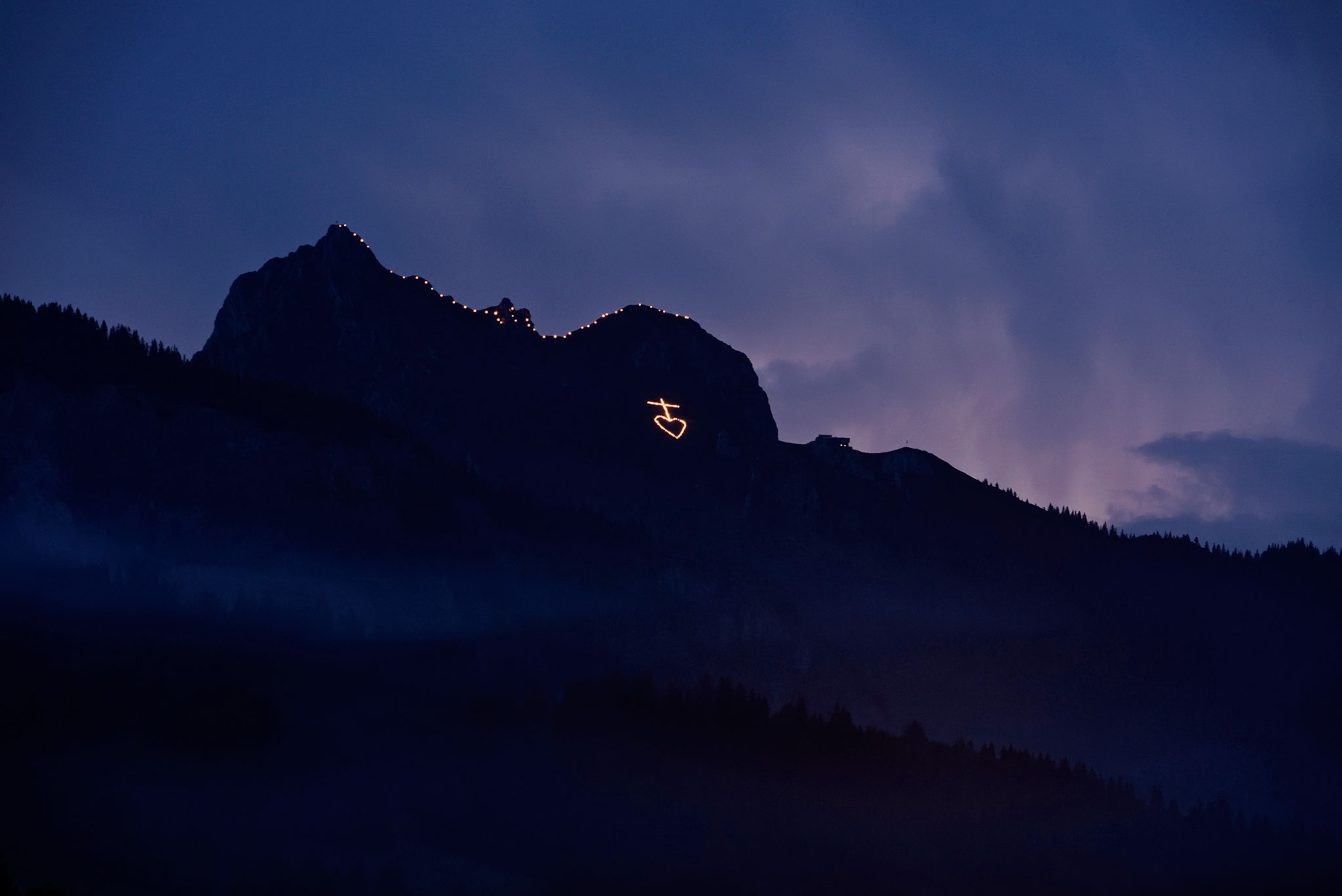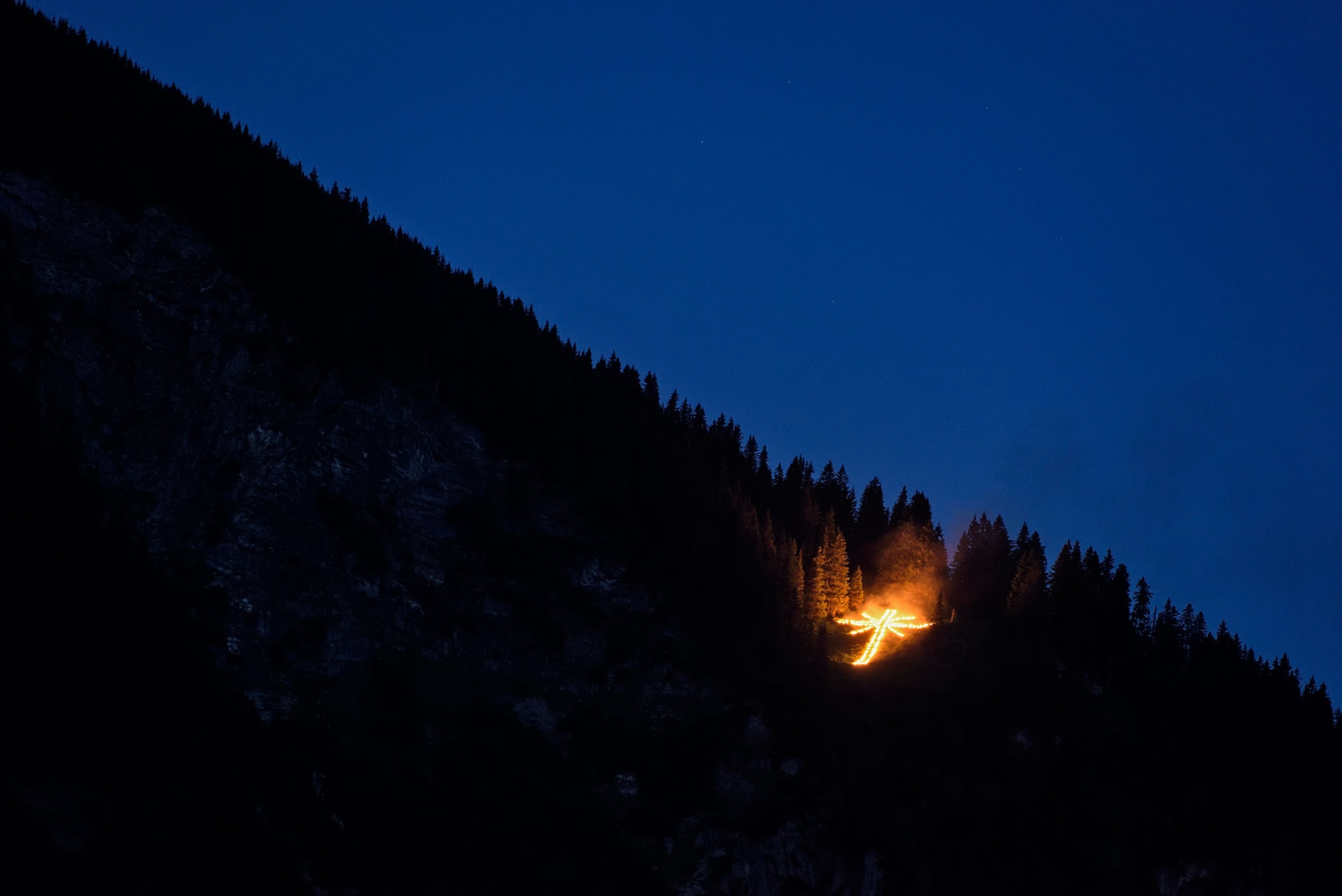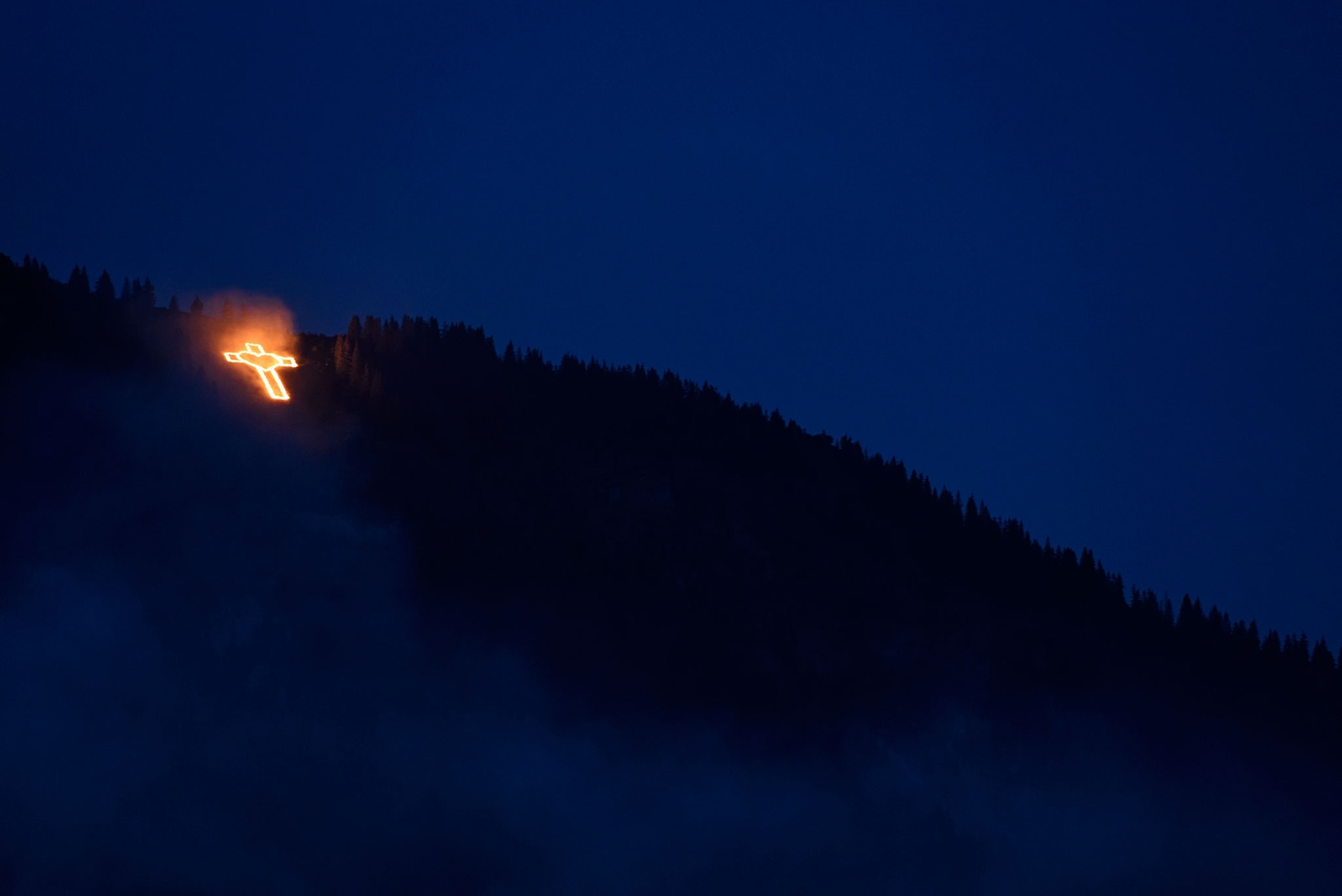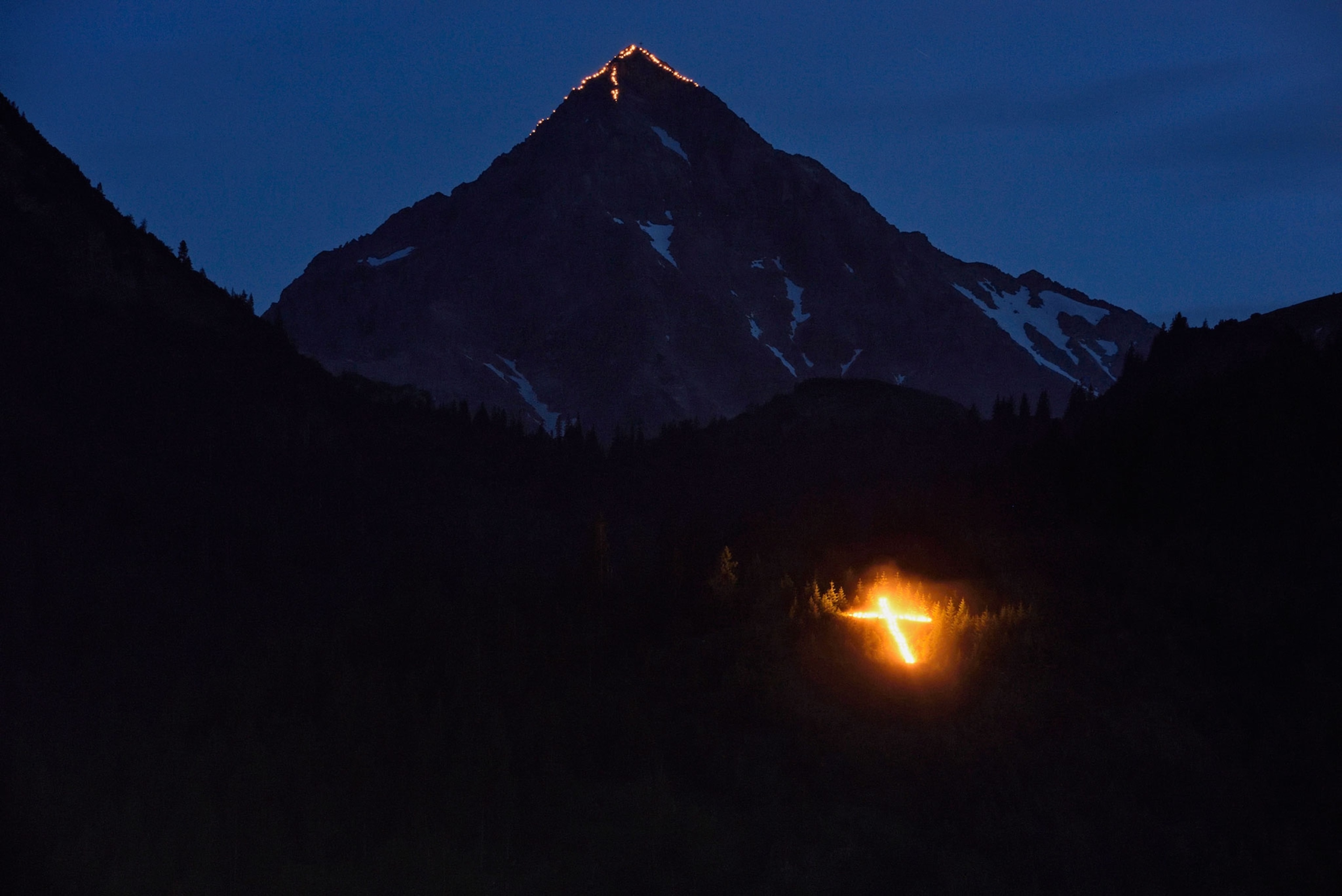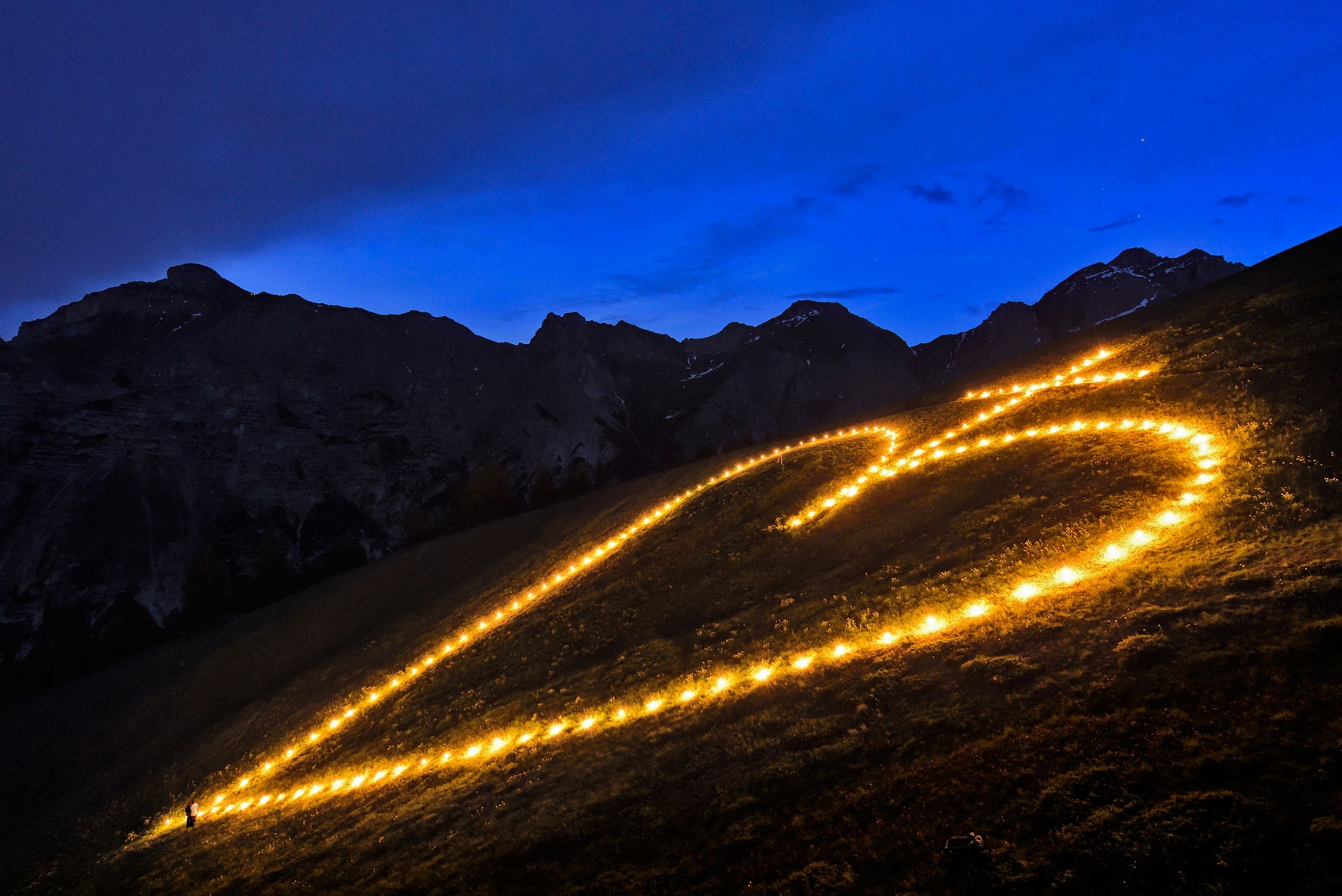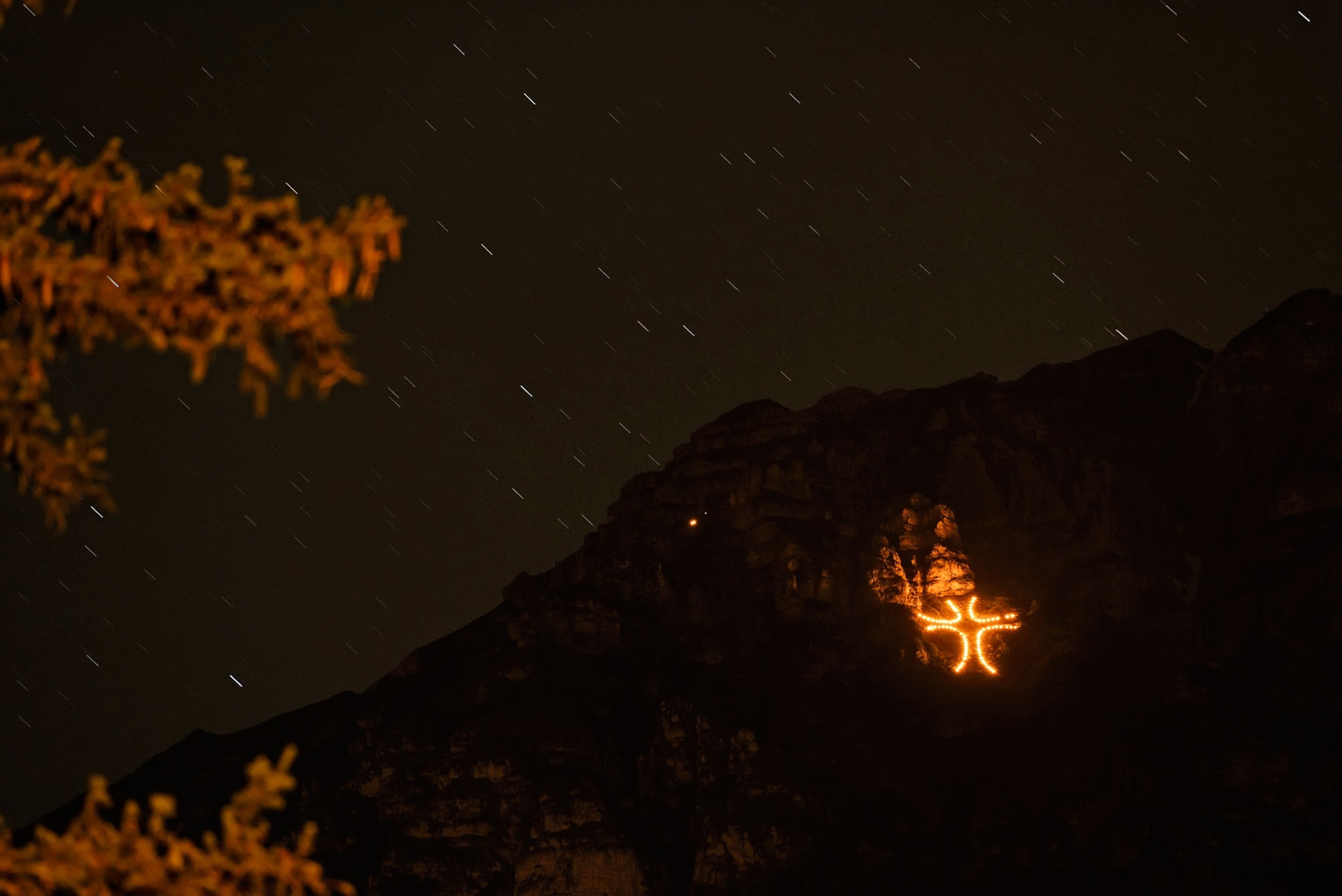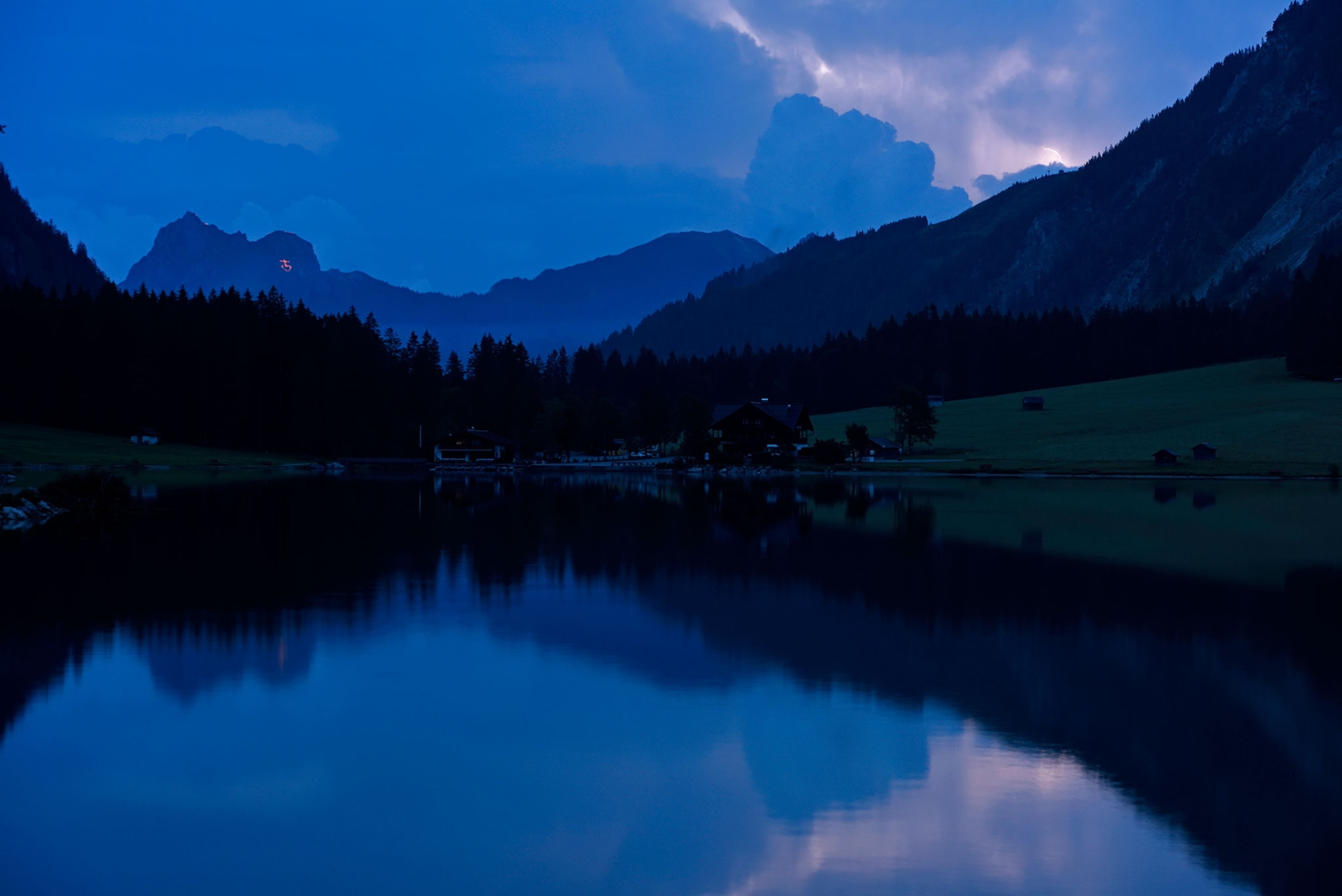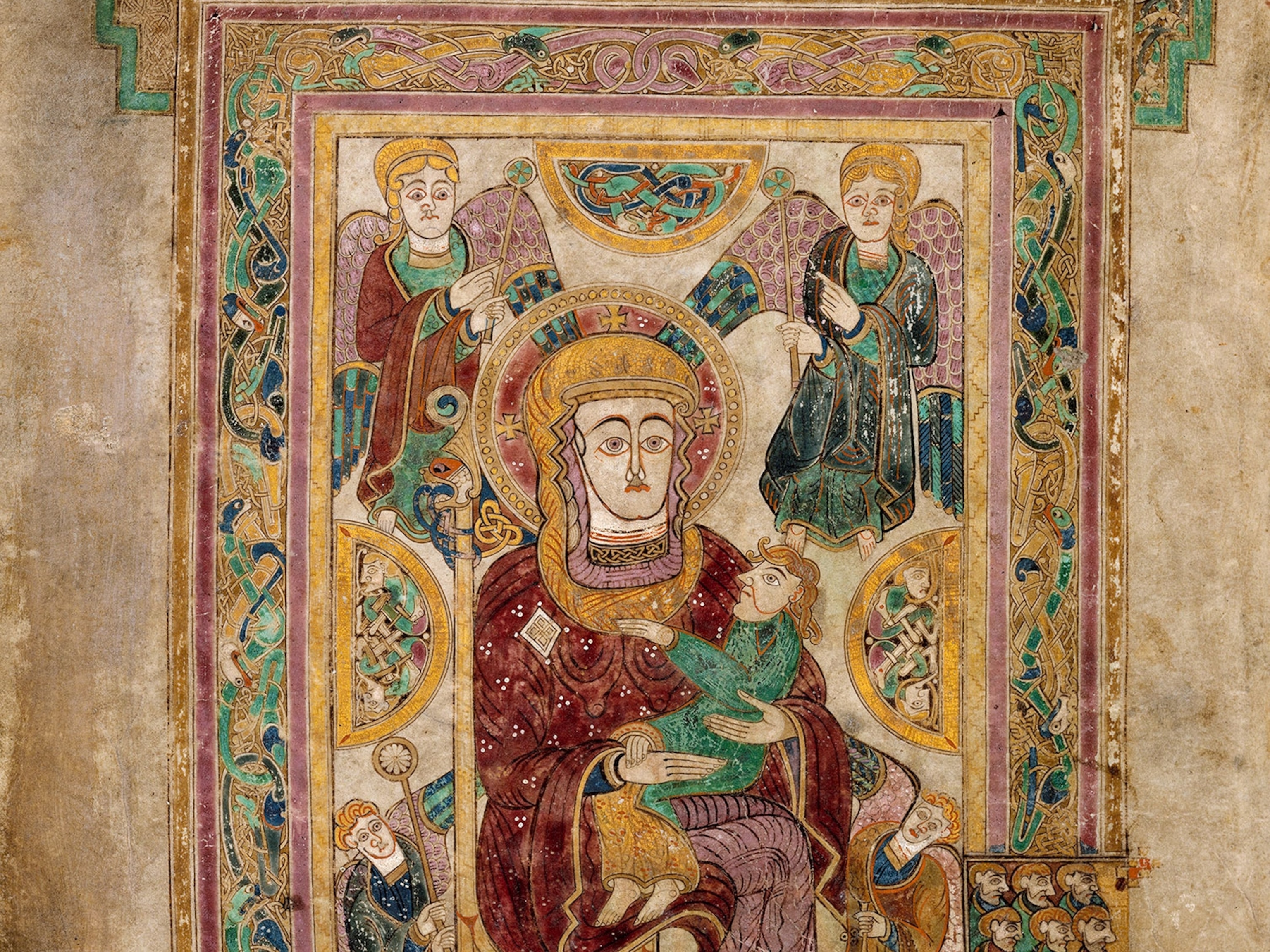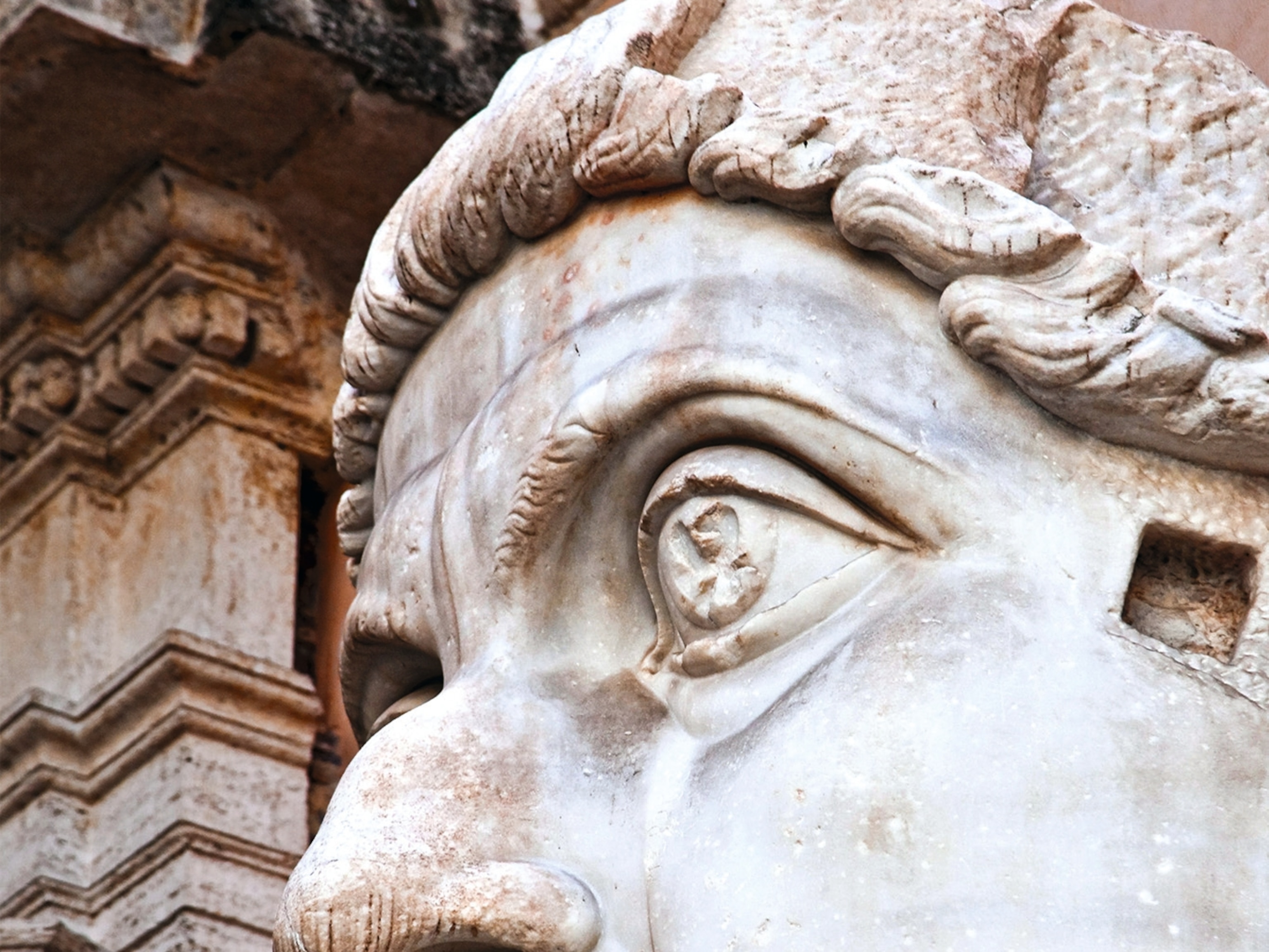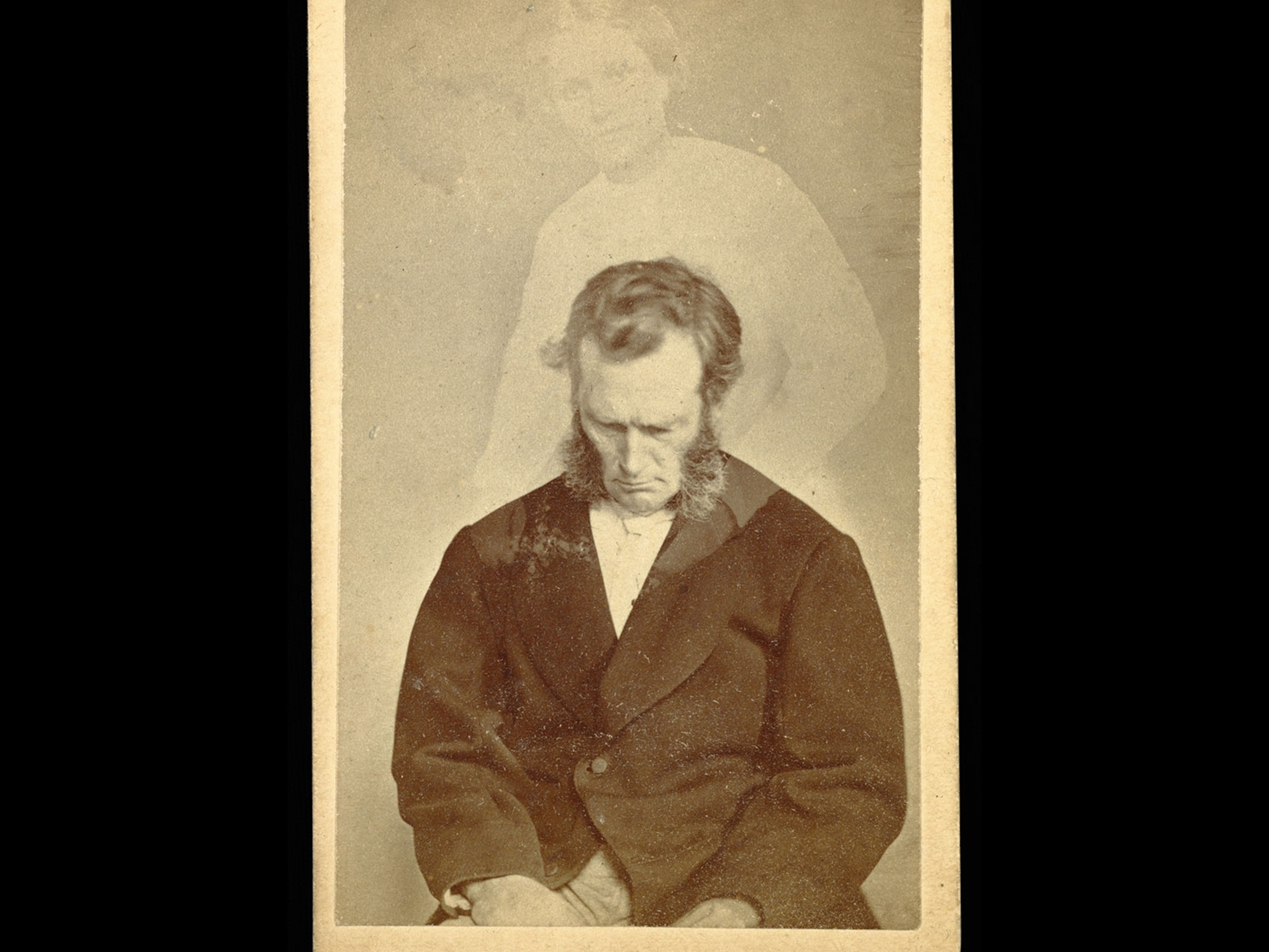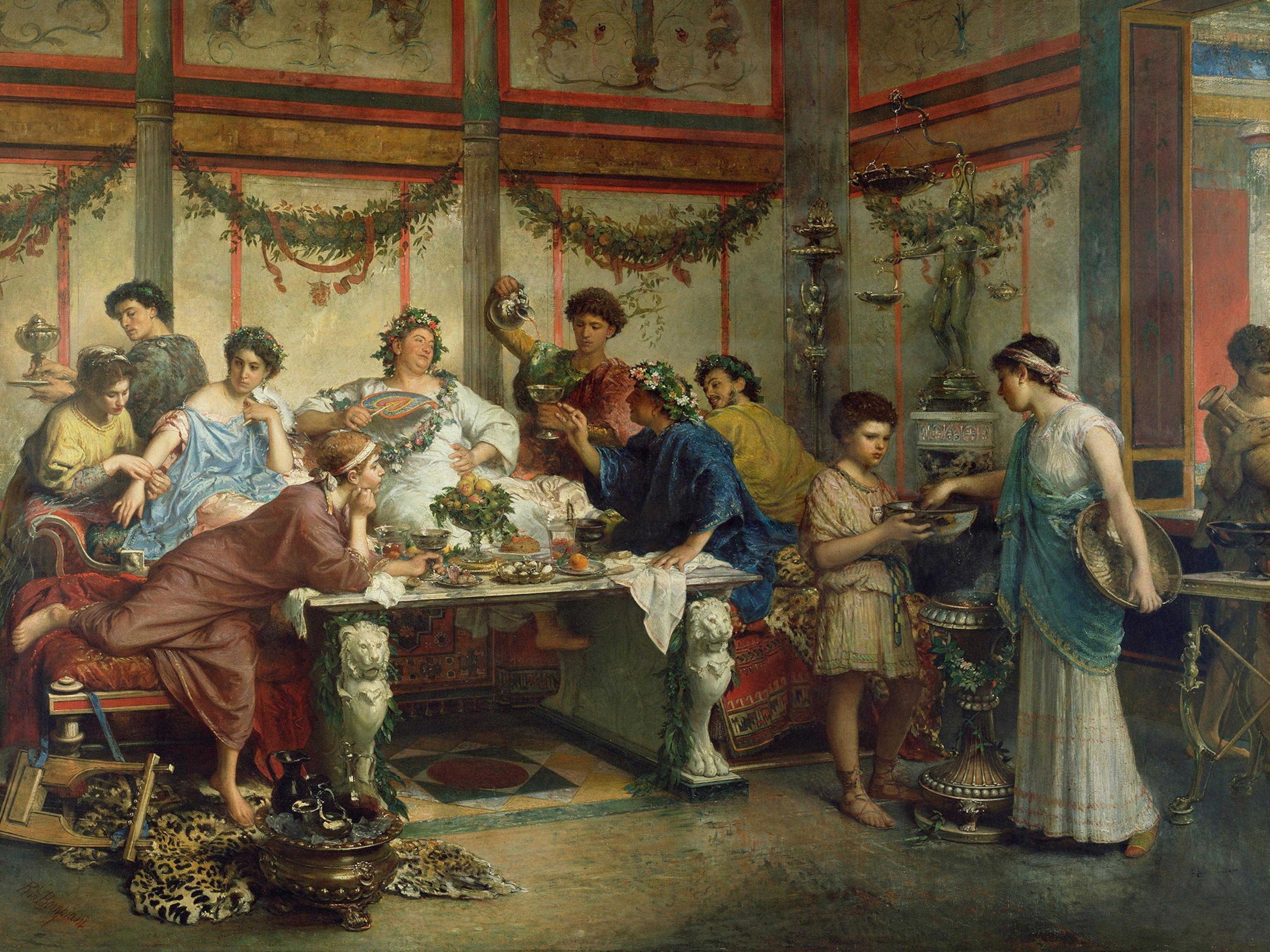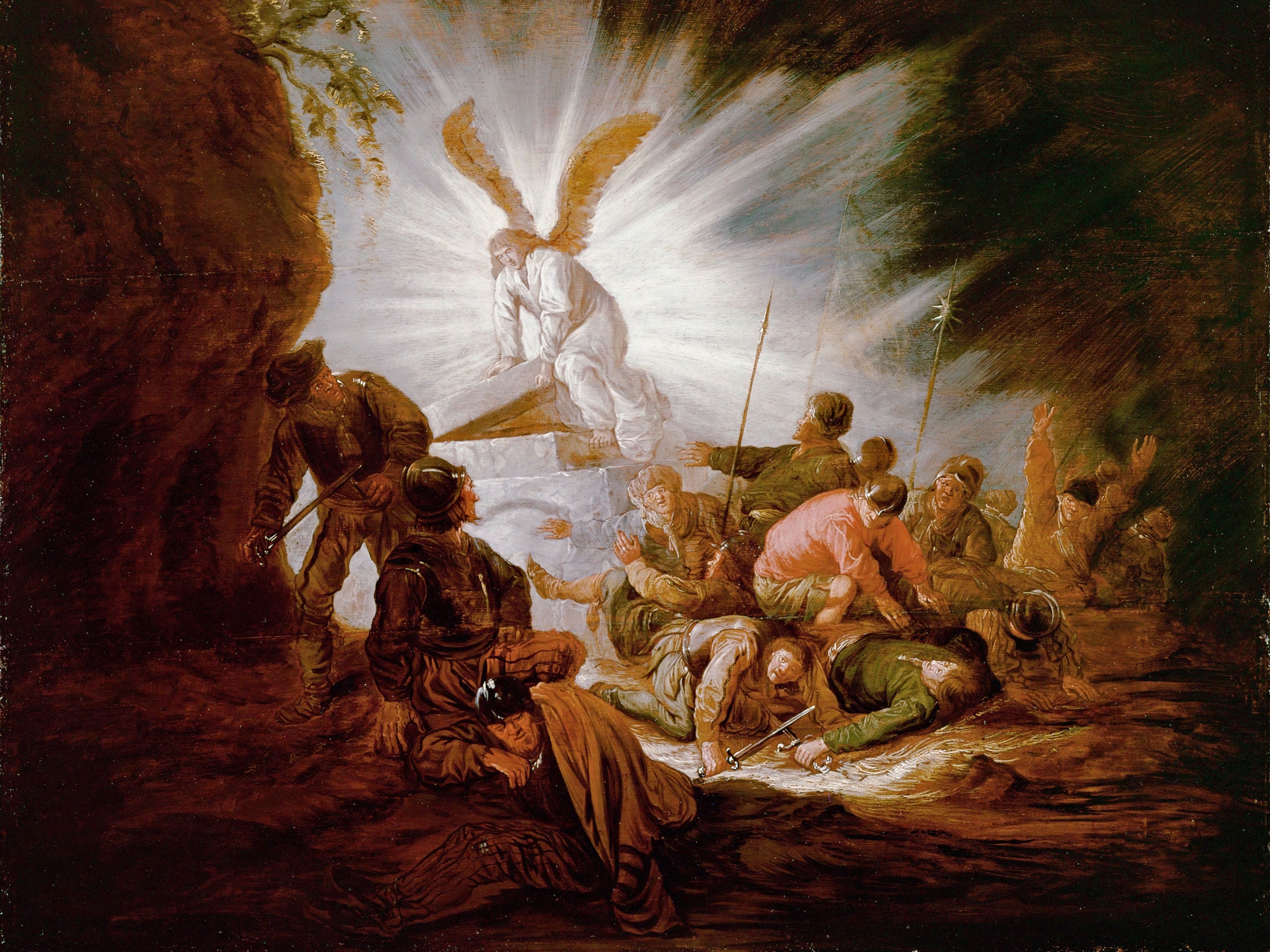
Why Austrians Set the Alps Ablaze
The hills are alight with burning shapes during this traditional summer spectacle.
On the weekend of June 13-14, Patrick Berger and some friends gathered up hundreds of heavy-duty outdoor candles and climbed to a wide, steep ski slope above Neustift, a town of 4,500 in Austria’s Stubai Valley. As dusk approached and clouds gathered on the horizon, the group used metal stakes to plant the candles in a carefully planned heart-and-cross pattern that stretched 250 feet (76 meters) across the grassy mountainside.
Just as the sun began to set, a rainstorm blew across the valley, extinguishing half of the 300-plus candles in one stiff gust. The team raced up and down the slope, relighting them as the sky darkened. Finally, success: The evening shower passed, and the candles’ light could be seen for miles around.
It’s a ritual that’s repeated on Alpine slopes up and down the Tyrolean Alps, from the German border in the north to Bolzano, Italy, in the south. Scores of bonfires and innumerable candles are kindled to celebrate the annual Festival of the Sacred Heart of Jesus—“Herz Jesu” in German.
Always lit ten days after the Catholic Feast of Corpus Christi, the fires are a tradition stretching back more than 200 years, to a time when the Tyrolean region—today split between Italy and Austria—was threatened by war.
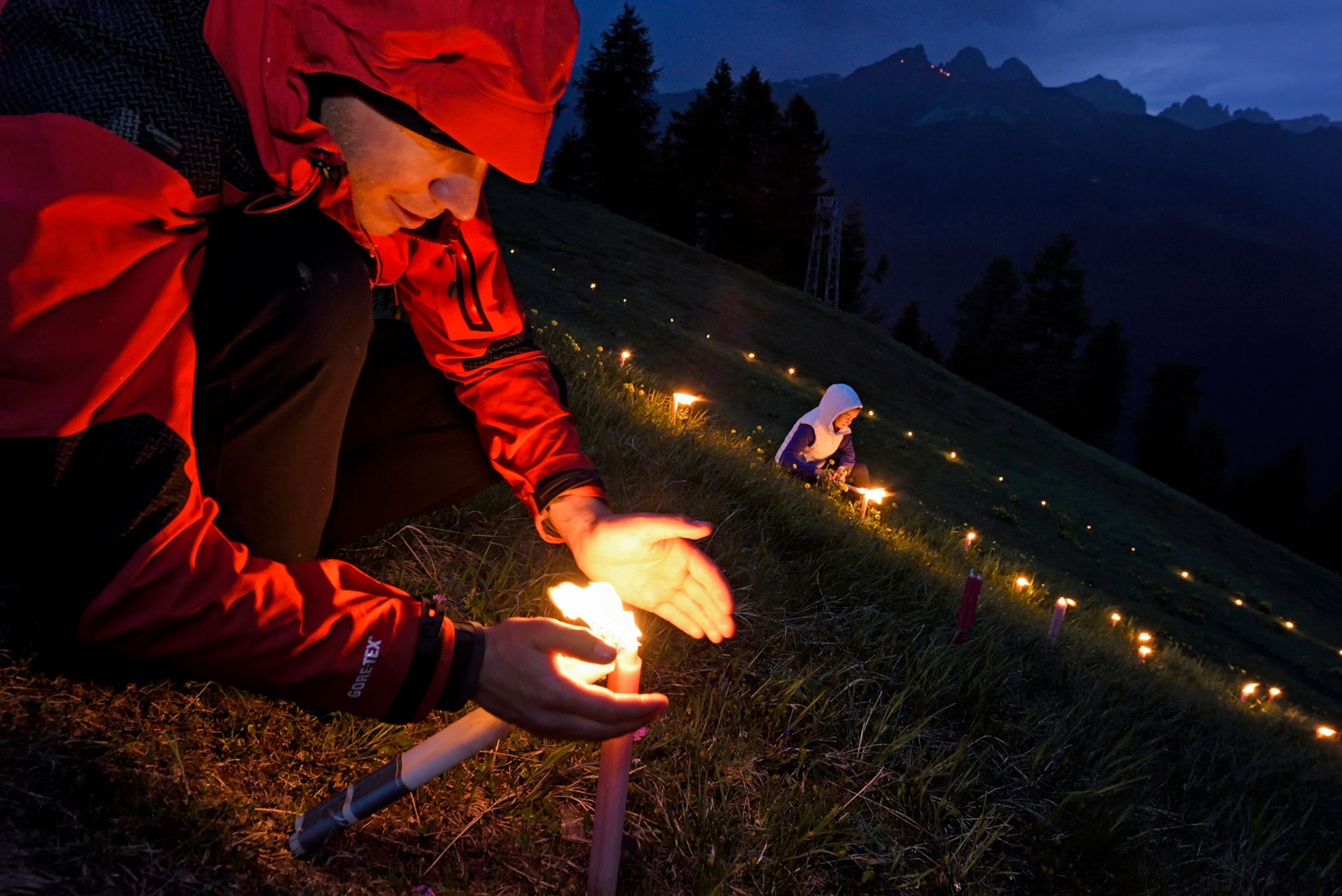
Mountaintop fires are popular across the Alps. They have their roots in pagan ceremonies marking the summer solstice, along with signal fires that were used to communicate with other villages before the advent of the telephone. In most areas, fires still mark the longest day of the year.
The Herz Jesu celebrations, however, are specific to Tyrol. In 1796 the region was threatened with invasion by French troops under Napoleon. As thousands of Tyrolean volunteers organized local militias to defend their homeland, representatives formed a parliament and decided to dedicate Tyrol to the Sacred Heart of Jesus.
“It wasn’t exactly a deal with God, but they hoped it would help,” says Karl Berger, head of the Tyrolean Folk Art Museum in Innsbruck (and no relation to Neustift’s Patrick Berger). “You could say the people back then were religious fundamentalists.”
The invasion was thwarted—but Tyrol’s independence didn’t last long. Tyrol was conquered by Bavaria, a French ally, in 1809.
But the defeat just strengthened the region’s dedication to Herz Jesu. In Tyrol, mountain bonfires lit to mark Easter or the solstice were moved to the Sacred Heart holiday weekend. “All these old practices came together,” says Karl Berger. “Today it’s one of the only such traditions still celebrated all over Tyrol.”
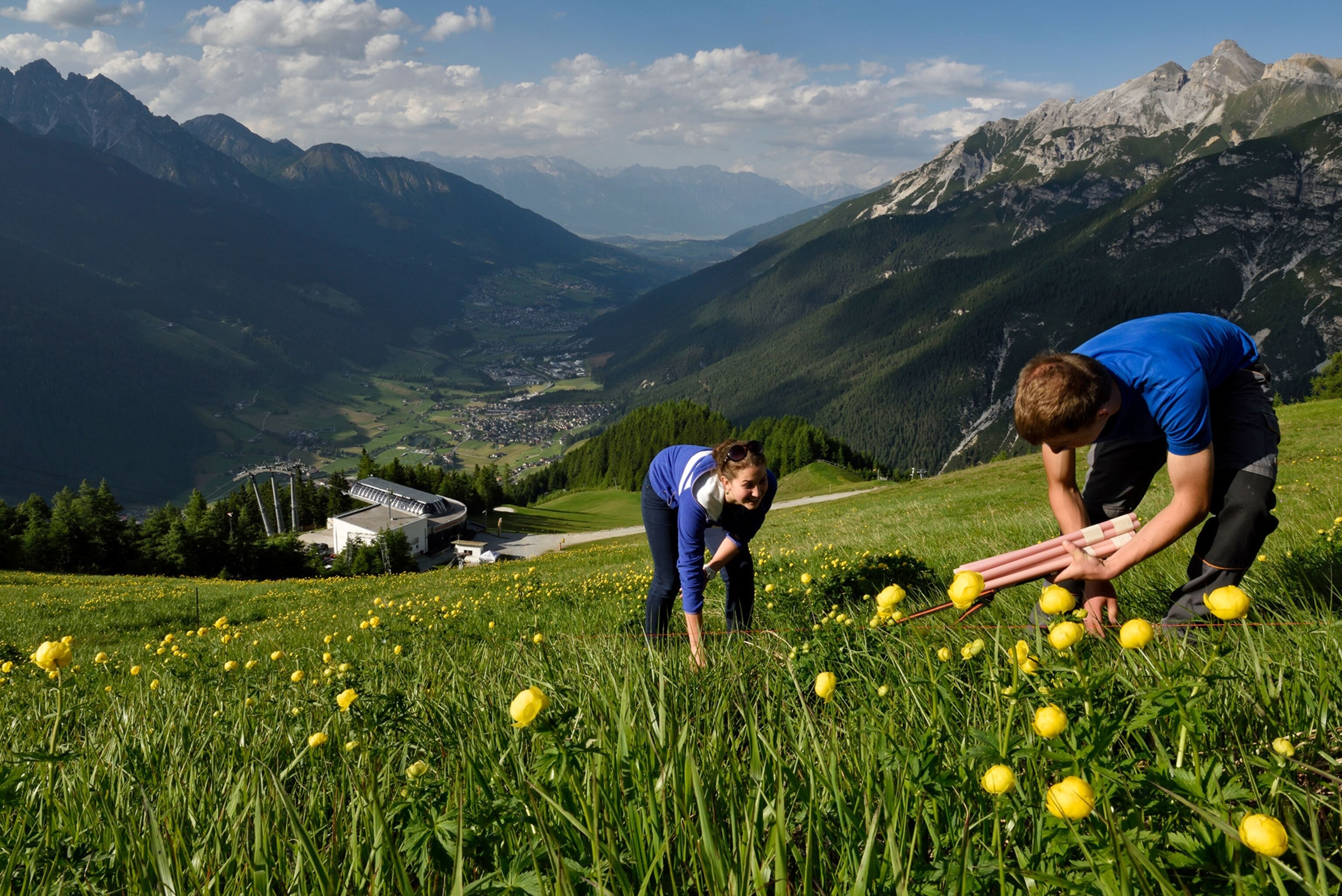
Symbols of Identity
Over the next two centuries, the Herz Jesu fires and religious processions became cherished symbols of Tyrolean identity. Many of the clubs that organize the individual bonfires are “marksmens’ clubs,” which trace their origins back to the same 18th century militias tasked with defending the land against foreign invaders.
Other fires are sponsored by local organizations like the fire department or mountain rescue squad; some, like Patrick Berger’s, are simply put together by groups of friends.
The bonfires, crosses, and other symbols that mark the festival take weeks of preparation and planning. A typical fire requires hundreds of pounds of wood.
“We start carrying wood up the mountain a week or two before so that on the day of the festival we don’t have so much to carry,” Berger says. The more complicated designs are made using hundreds of candles.
Even in early June, snow, rain, high winds, and even avalanche threats can make building and setting the fires dangerous. Groups of confident, experienced mountaineers take the highest spots: In good weather, Berger and his friends like to kindle their blaze on a mountaintop more than 9,000 feet (2,800 meters) above sea level and a four hour hike from the nearest road.
The spirit is communal rather than competitive, Berger says. “Everyone’s happy when there’s another fire, because it makes the whole picture more beautiful.”
The nighttime fires are often followed by a morning mass at the local church and a procession through the town. In Weerberg, not far from Innsbruck, more than a thousand locals in traditional Tyrolean garb take part in one of the region’s best-known Sacred Heart festivals.

“It’s a celebration of togetherness,” says Albin Schiffmann, the town manager. “It takes a lot of hands to make it happen. People take vacation to help out.”
Subversive Signs of Resistance
In the 20th century, the celebration took on a political meaning. After World War I, Tyrol was divided: South of the Alps, the region was handed over to Italy, while the area north of the Alps went to Austria.
In the 1920s and ’30s, Italian Fascist leader Benito Mussolini tried to “Italianize” southern Tyrol, suppressing local customs and forbidding the use of German. The Herz Jesu festival became a subversive sign of local identity and resistance, an extra layer of meaning it still carries in some parts of Tyrol today. “The lighting of the fires shows the Italian part is still connected to the larger cultural realm of Tyrol,” Berger says.
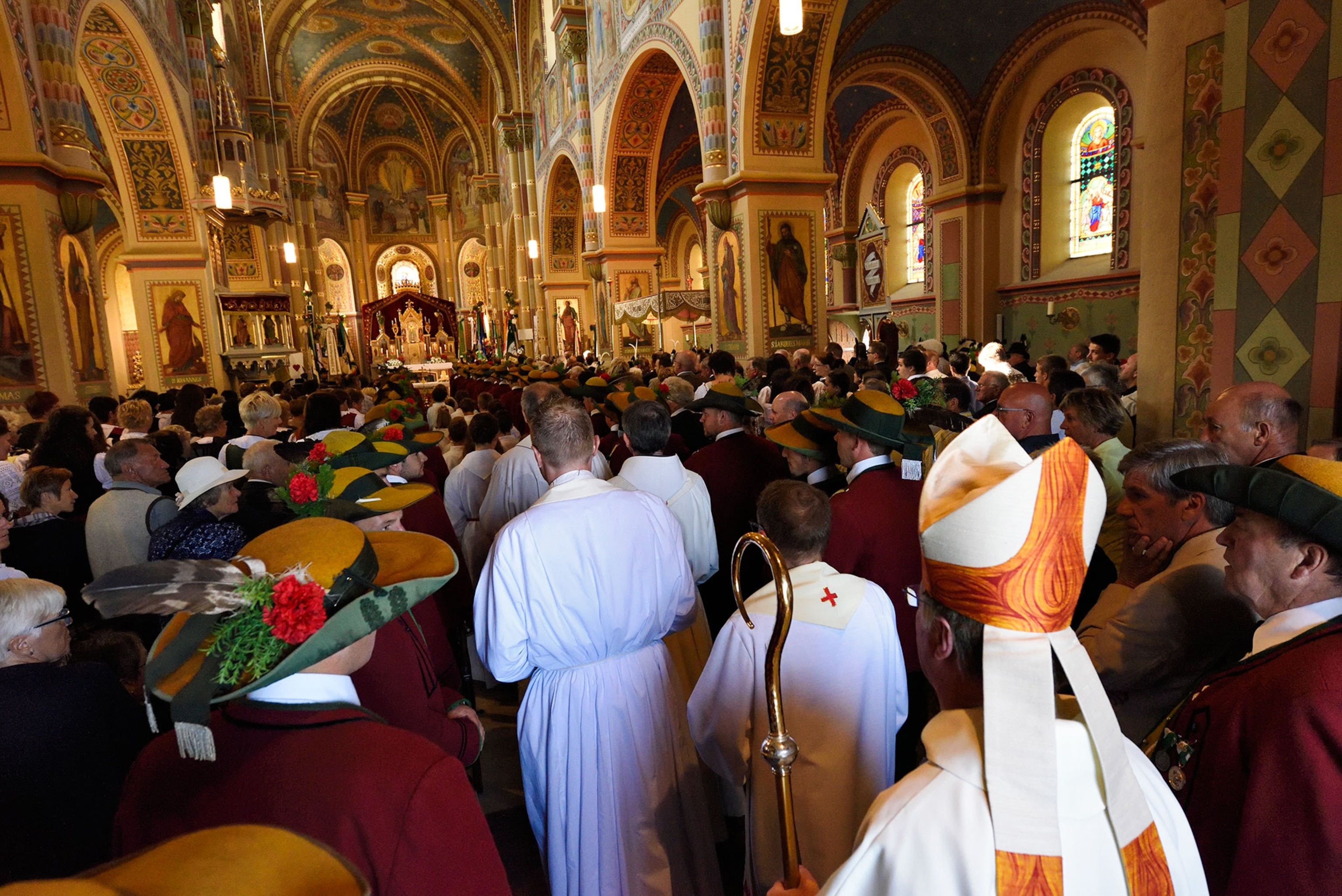
At times, the political message of the Herz Jesu holidays has even turned violent. In 1961, a radical group dedicated to reuniting Tyrol’s north and south dynamited dozens of power lines on the Italian side of the border during the festival weekend.
To Neustift’s Patrick Berger, though, politics aren’t the point. On a clear night he can see for miles from his favorite bonfire spot on top of a ridge overlooking the Stubai Valley, taking in the fires lit by communities in the neighboring valleys.
“From up high it’s like all of the Alps are lit up,” he says. “It’s a quiet moment. No one does a lot of talking. It’s really breathtaking.”
Follow Andrew Curry on Twitter.

